Different Types of Retainers

You spend months and months wearing braces or complete other orthodontic work for the perfect smile. After living with all the bands and brackets on your teeth and watching what you eat, you finally get those braces off! All that time paid off and you now have the smile you always wanted! But your orthodontic care isn’t over yet. Honestly, now comes the most important step. Ensuring you keep that amazing new smile means keeping those teeth in place, and that means a retainer! A retainer is a crucial part of your orthodontic treatment and essential after braces in order to keep your teeth from moving. But what is a retainer and why do you really need one?
What is a Retainer and Why is it Important?
What is a retainer? The answer is simple. A retainer is a custom-made orthodontic appliance for wear after braces or Invisalign treatment. For months, you wear braces that slowly move your teeth into new positions. This movement stretches tissue and ligaments as the teeth find their new position. Because these ligaments are elastic, it is common for teeth to slowly slip back into their original position. This is where retainers come in. The purpose of a retainer is to help keep your teeth in the new location and allow the ligaments and tissue to heal. Without a retainer, all your time spent wearing braces or other orthodontic work is lost. Over time, without a retainer, your teeth could move back to the point where you might need braces again.
Different Types of Retainers
When it comes to retainers, there are a few different options. There are two main types of retainers: fixed and removable. Fixed retainers bond to the back of your teeth and are also called permanent retainers. The removable types of retainers such as Hawley and Essix are custom appliances that you need to remove for eating and brushing. The purpose of retainers, whether permanent or removable, is to keep your teeth in place after braces or other kind of orthodontic treatment. Your orthodontist will help you decide which option is best for you based on several factors. Let’s look at some of the different types of retainers for after braces or Invisalign a bit more closely.
Hawley Retainer

The Hawley retainer is one of the oldest types of retainers available, but in many ways is still the most effective. It is removable. It is made from a combination of plastic and metal. The plastic component forms to your mouth while the metal wraps around your teeth. There is typically a wire that goes across the front teeth. At the beginning, you may wear it all day and night, aside from eating and brushing. But, eventually, your orthodontist may reduce the time to only at night. Orthodontists can adjust these retainers as needed and they can last up to 10-12 years.
Essix Retainer
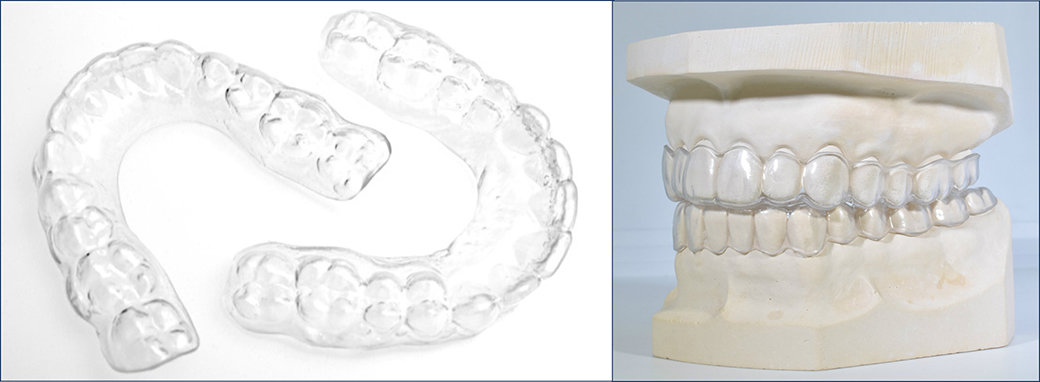
An Essix retainer is a removable retainer made of entirely transparent plastic. It molds only to the arch of your teeth. The benefit of these is that they are transparent, more aesthetic, and less noticeable. One downside to these retainers is their lifespan. Typically, they need replacing every 6 to 18 months and adjustments are little to none.
Vivera Retainer

Vivera retainers are manufactured by Invisalign and are very similar to Essix retainers in that they are transparent and removable. Vivera are made by a 30% stronger material which reduces the risk of the retainer cracking or breaking. Vivera retainers, also, come in a set of 4 so you can replace one of them if it becomes discolored or misplaced. As with the Essix retainers, Vivera allows very little adjustments.
Fixed/Permanent/Bonded Retainers

Fixed retainers, or permanent retainers, are a bit different as you cannot remove them. They consist of a thin wire that bonds to the back of the teeth, keeping the teeth held in place. This option is often chosen when initially there were large spaces between front teeth or severe crowding. Because this permanent retainer stays in place, there is no worry about remembering to wear it and the changes of teeth shifting are slim. Unfortunately, permanent retainers only treat the front teeth, so often patients require removable retainers as well for the back teeth. Also, the wire could become detach from some of the front teeth over time. As with braces, you must use care when eating hard food and be diligent in brushing and flossing around the retainer wire. Fixed retainers can last indefinitely but must be removed from an orthodontist. They are not noticeable and nobody would know you are wearing them.
Wearing Your Retainer
If you choose a removable retainer after braces, it can take some time to adjust to wearing it. It may feel tight or slightly uncomfortable for the first couple of days but will slowly become more comfortable as your mouth gets used to it. You may notice your mouth is full of saliva at the beginning, but this will return to normal within a few days. Speech may be difficult at first and take a bit of getting used to. Within in a few days, you mouth will become used to the retainer and should cause you no problems. If you continue to experience pain, speak with your orthodontist to see if adjustments should be made.
Caring for Your Retainer
Whether you choose a removable or permanent retainer after braces is up to you and your orthodontist. Either way, caring for your retainer and your teeth is essential. Just like your teeth, your retainer can develop plaque and tartar build-up. Regular cleaning is essential and dependent on your retainer type. Most can be soaked in a denture or retainer cleaning solution when not wearing. Some type of toothpastes might be too abrasive for the Essix retainers. Your orthodontist will provide you with specific care instructions for your type of retainer.
Use care when you are not wearing your retainer, especially with meals. Always keep a small container to place your retainer in, usually with water or a cleaning solution to prevent it from drying out. Keeping it in a secure location, such as a container, helps to ensure you don’t accidentally throw it away.
While retainers may seem inconvenient, in the long run they are essential for care after braces or Invisalign treatment. You spent so much money and time working to create your perfect smile and you want to keep it that way. The purpose of retainers is to offer that solution.
Do you still wear your retainers? What type of retainer do you have? Comment Below!

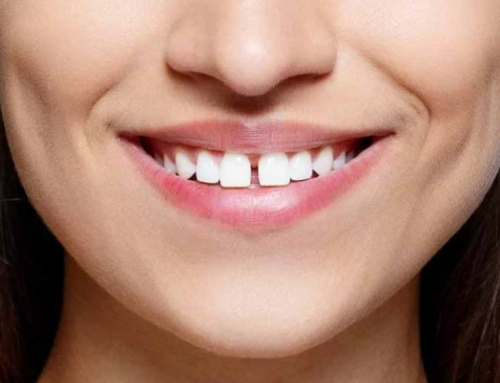
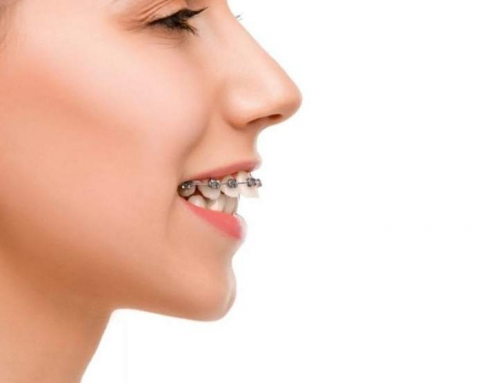
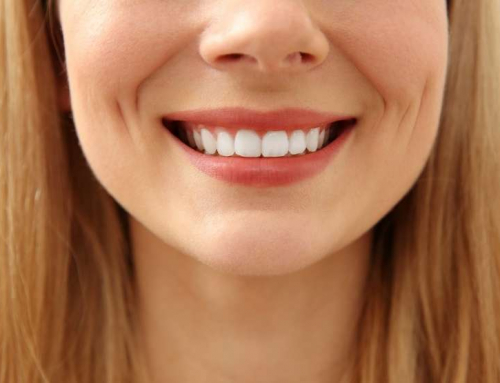
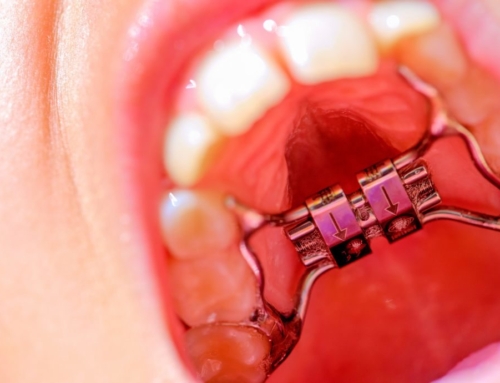
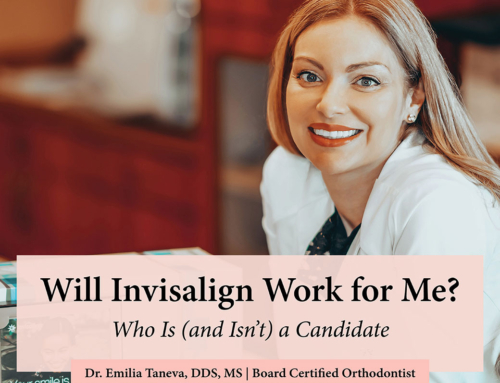
Retainers have come a long way since my daughter wore them. Thanks for posting!